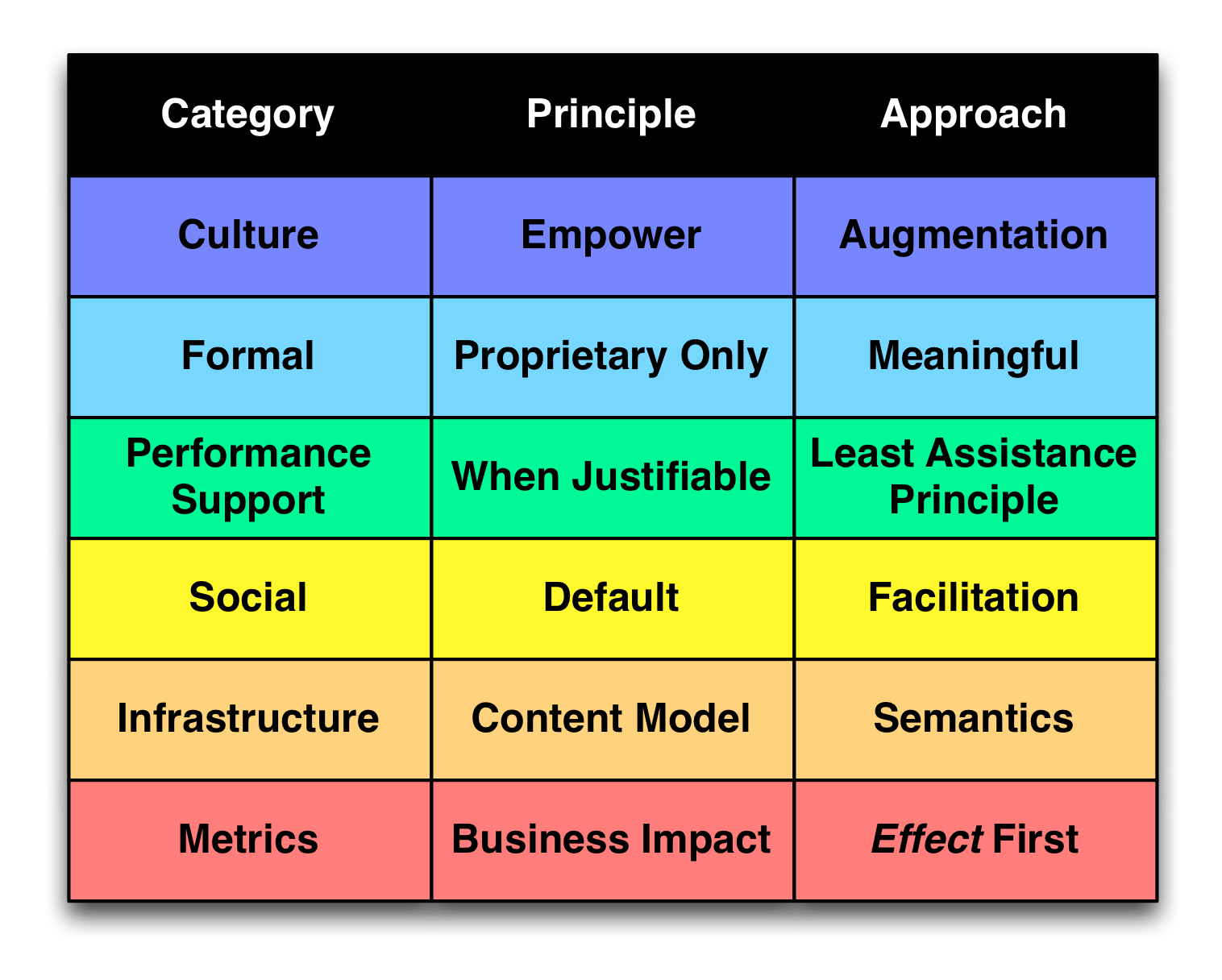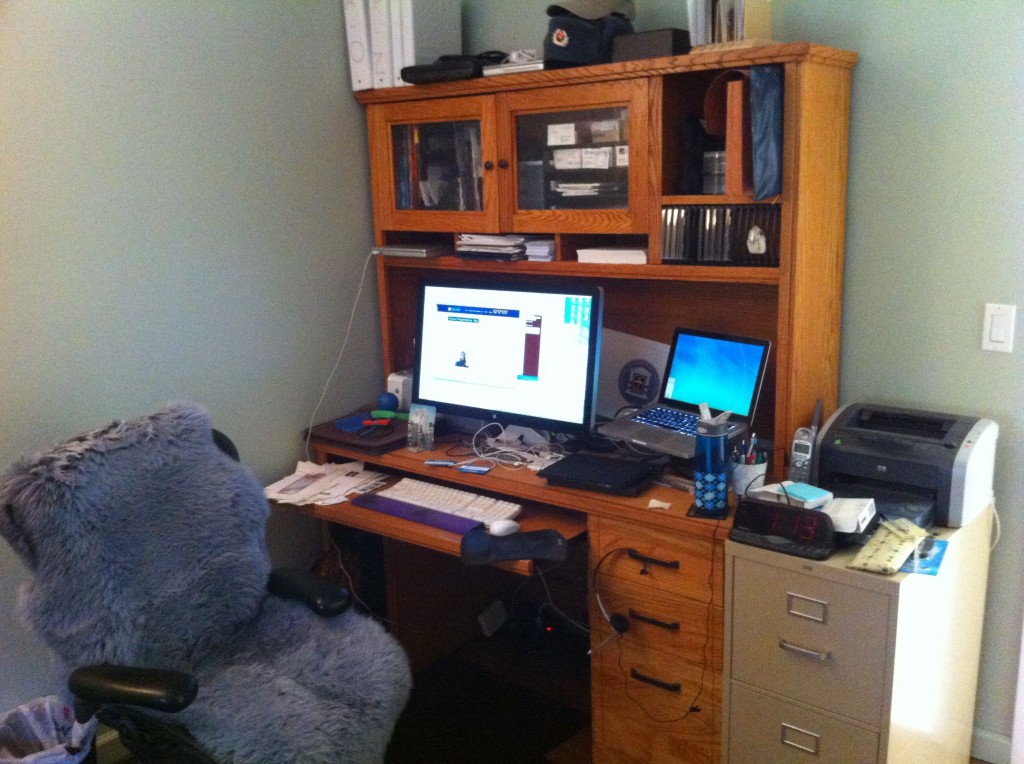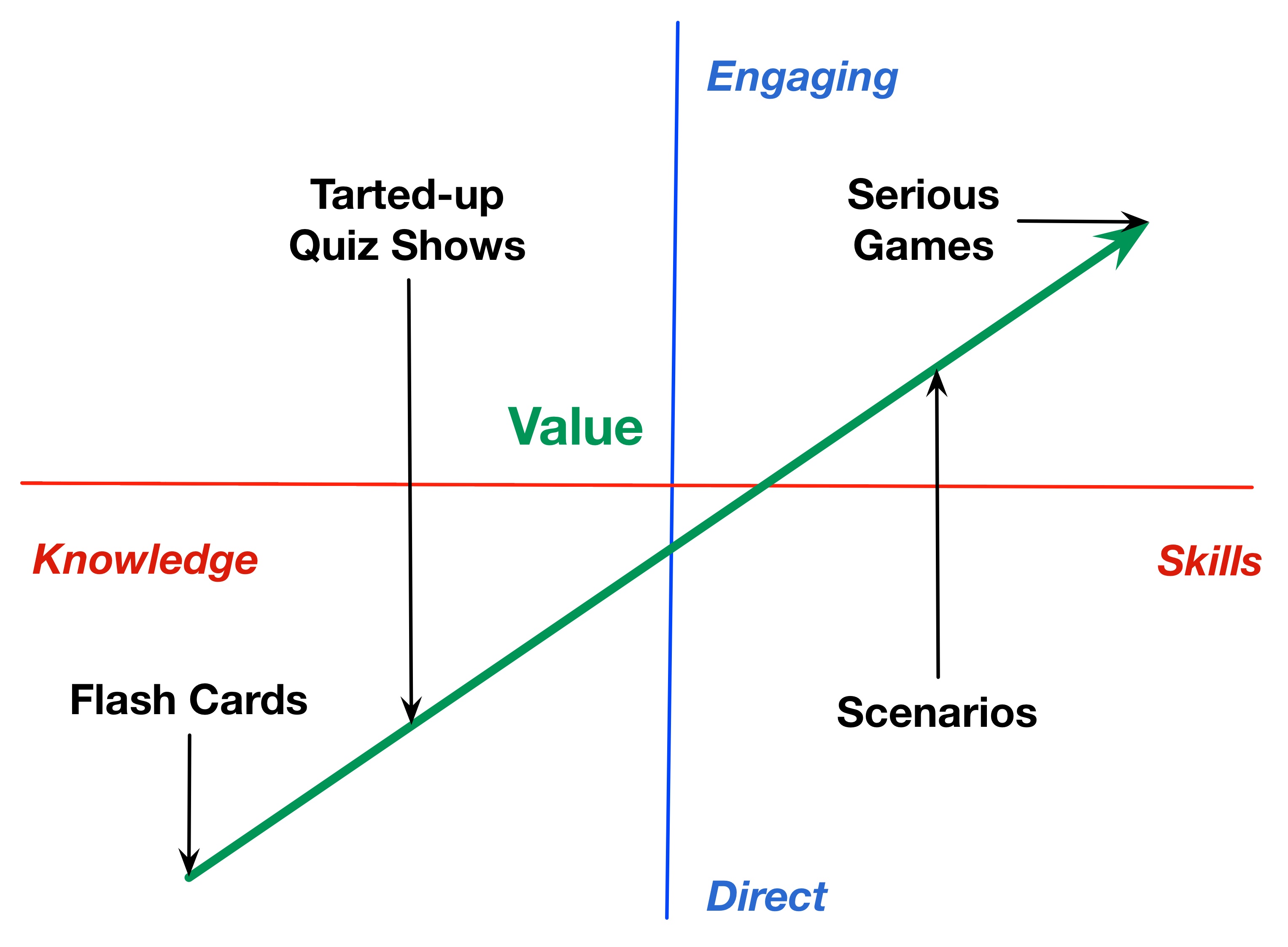Somehow, I forgot to farewell one of the finest minds to cross our paths. (I was sure I had, but searching this morning found no evidence. Mea culpa.) Last night, I had the privilege of attending a Festschrift for Doug Engelbart, who passed last July, with speakers reciting the trajectory and impact of his career. And I was inspired anew by the depth of his vision.
Doug is widely known as the inventor of the mouse, but that was just an implementation detail in his broader view. His mission manifested further in the ‘mother of all demos‘, where he showed collaborative work, video conferencing, and more, working with a mouse, keyboard, and graphic display. In 1968. And yet this too was just the tangible output of a much larger project.
At a critical juncture early in his career, he took a step back and thought about what he could really contribute. He realized that the problems the world was facing were growing exponentially, and that our only hope was to learn at a similarly exponential rate, and decided that helping humans accomplish this goal was a suitable life’s work. His solution was so all-encompassing that most people only get their minds around a small bit of it.
One component was a knowledge work environment where you could connect with colleagues and collaborate together, with full access to articulated knowledge sources. And yes, this foresaw the internet, but his vision was much richer. Doug didn’t see one editor for email, another for documents, etc, he wanted one work environment. He was also willing for it to be complex, and thought using inadequate tools as riding tricycles when we should be riding road bicycles to get places. His notion was much closer to EMACS than the tools we currently use. The mouse, networks, and more were all just developments to enable his vision.
His vision didn’t stop there: he proposed co-evolution of people and technology, and wanted people developing systems to be using the tools they were building to do their work, so the technology was being built by people using the tools, bootstrapping the environment. He early on saw the necessity of bringing in diverse viewpoints and empowering people with a vision to achieve to get the best outcomes. And continual learning was a key component. To that end, he viewed not just an ongoing reflection on work processes looking for opportunities to improve, but a reflection on the reflection process; sharing between groups doing the work reflection, to collaboratively improve. He saw not just the internet, but the way we’re now seeing how best to work together.
And, let’s be clear, this isn’t all, because I have no confidence I have even a fraction of it. I certainly thought his work environment had too high a threshold to get going, and wondered why he didn’t have a more accessible onramp. It became clear last night that he wasn’t interested in reducing the power of the tools, and was happy for people to have to be trained to use the system, and that once they saw the power, they’d buy in.
To me, one of the most interesting things was that while everyone celebrated his genius, and no argument, it occurred to me to also celebrate that time he took to step aside and figure out what was worth doing and putting his mind to it. If we all took time to step back and think about what we could be doing to really make a dent, might we come up with some contributions?
I was fortunate to meet him in person during his last years, and he was not only brilliant and thoughtful, but gentle and kind as well. A real role model. Rest in peace, Doug.


